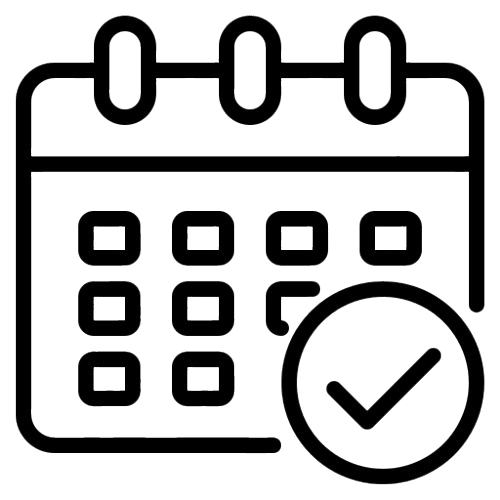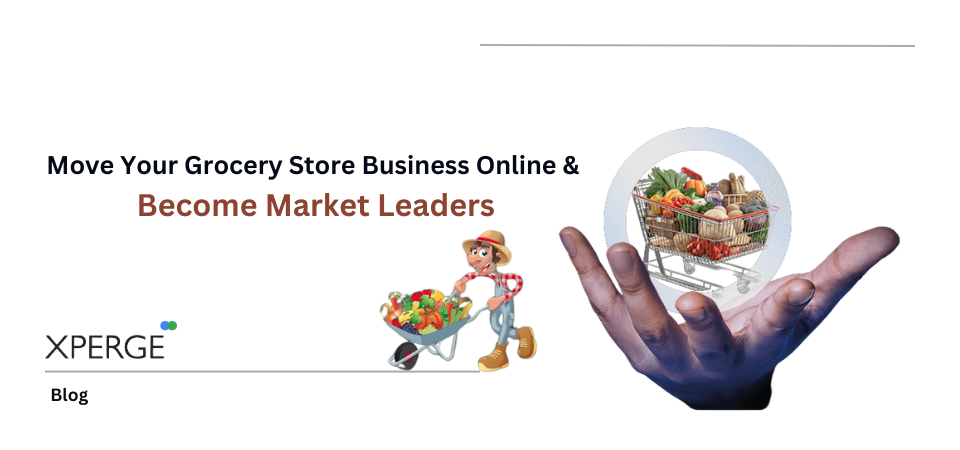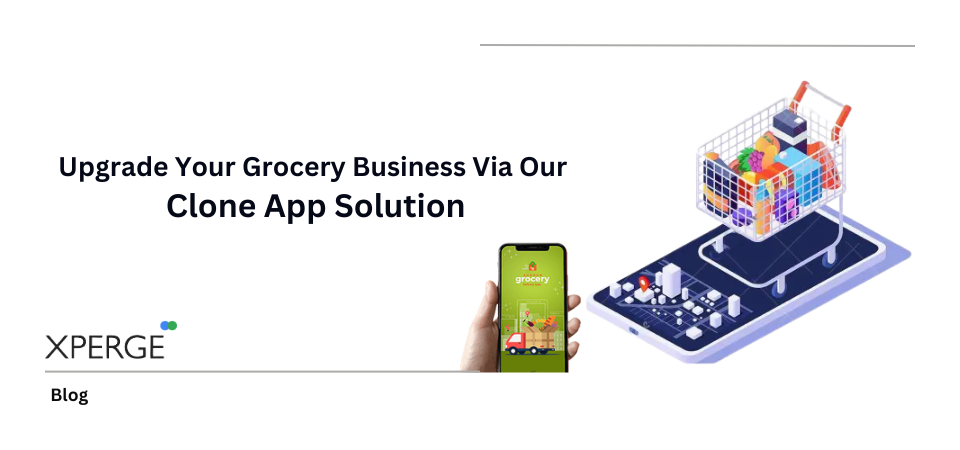Introduction
Thinking of launching your own grocery delivery app? Great idea! With life getting busier, no one wants to stand in long queues anymore. Instead, people prefer tapping a screen and getting groceries at their doorstep. If you’re an entrepreneur or a business looking to digitize, now’s the time to jump into grocery delivery app development.
Key Takeaways
- Cost Varies by Complexity – Developing a grocery delivery app can cost anywhere from $15,000 to $100,000+, depending on features, platforms, and customization.
- Essential Features Are Non-Negotiable – Real-time tracking, user login, payment gateway, and order history are must-have functionalities for a smooth user experience.
- Development Timeline is 2–6 Months – The duration depends on the app’s scale, integrations, and testing phases.
- Platform Choice Impacts Reach – Launching on Android targets wider audiences, while iOS appeals to a premium segment.
- No-Code Tools Are an Option – You can start with app builders, but they limit scalability and long-term customization.
The Rise of Grocery Delivery Apps
Why People Prefer Grocery Apps
Convenience, speed, and variety — that’s what grocery apps offer. Add to that exclusive app-only discounts, and it’s no surprise why people are hooked.
Market Trends & Statistics
- The online grocery market is expected to hit $800+ billion by 2025.
- Post-pandemic, 62% of households now prefer ordering groceries online.
So yes, the market is booming. But the real question is: how can you build your own slice of this pie?
What is Grocery Delivery App Development?
Understanding the Concept
Grocery delivery app development is the process of building a digital platform where users can browse grocery items, place orders, and get them delivered to their doorsteps.
Benefits for Businesses & Consumers
- For businesses: Wider reach, better inventory management, and customer data insights.
- For users: Convenience, real-time tracking, and quick reordering.
Types of Grocery Delivery Apps
Aggregator Model
You partner with multiple stores. Users can pick a store and place orders. You manage delivery.
Single Store Model
Perfect for small or mid-sized businesses. The app showcases only one store’s inventory.
Hybrid Model
A mix of both. Users can shop from multiple vendors, and you manage delivery logistics.
Explore more… Features to Add in Grocery Delivery App to Boost Sales
Key Features of a Grocery Delivery App
Customer App Features
User Registration & Profile Management
Smooth onboarding with options like email, phone, or social login.
Product Search & Filters
Smart filters, voice search, and barcode scanning make shopping quick.
Real-time Order Tracking
Let users track their groceries like they track pizza.
Admin Panel Features
- Order Management
- Store & Product Listings
- Analytics Dashboard
- Payment Settlements
Delivery Partner App Features
- Order Acceptance
- Route Optimization
- Earnings Dashboard
Read more: Steps to Follow while Selecting A Grocery App Development Company
Advanced Features to Make Your App Stand Out
AI-based Recommendations
Show products users love based on their purchase behavior.
Loyalty Programs & Cashback
Keep customers coming back with irresistible offers.
Contactless Delivery
A must-have post-pandemic feature that ensures safety.
Step-by-Step Process to Develop a Grocery Delivery App
Market Research & Competitor Analysis
Look at what apps like Instacart, BigBasket, or Amazon Fresh are doing — and find the gap.
Finalizing the Business Model
Choose between aggregator, single-store, or hybrid depending on your vision and budget.
Choosing the Right Tech Stack
React Native, Flutter, Node.js, MongoDB — pick tools that are scalable and secure.
UI/UX Design
Clean, intuitive, and mobile-friendly. First impressions matter!
App Development & Testing
Divide it into sprints. Test each feature before you move forward.
App Launch & Marketing
Soft launch → Feedback → Fixes → Full Launch. Use social media, influencers, and SEO to create a buzz.
Grocery Delivery App Development Cost
Factors Influencing the Cost
- Complexity of features
- Number of user roles (admin, customer, delivery)
- Location of the development team
- Tech stack used
Cost Breakdown by Region
- India: $10,000 – $30,000
- Eastern Europe: $20,000 – $50,000
- USA: $50,000 – $100,000+
Estimated Budget to Develop a Grocery App
For a basic MVP: $15,000 – $25,000
For a feature-rich app: $50,000 – $100,000
Best Tech Stack for Grocery App Development
- Frontend: React Native / Flutter
- Backend: Node.js / Django
- Database: MongoDB / PostgreSQL
- Push Notifications: Firebase / OneSignal
- Payment Gateway: Stripe, Razorpay, PayPal
Read more: Cost of Developing a Grocery Delivery App Like InstaCart
How to Monetize Your Grocery Delivery App
- Delivery Charges
- Featured Listings for Vendors
- Subscription Plans
- In-app Ads
- Commission on Orders
Tips to Build a Feature-Rich Grocery App
- Don’t overcomplicate the UI
- Use real-time updates
- Offer multiple payment modes
- Enable reordering from past purchases
- Provide quick customer support
Common Challenges in Grocery App Development
- Inventory management in real-time
- Timely deliveries during peak hours
- Handling perishable items
- Maintaining quality control
Why Hire a Professional Delivery App Development Company
A good team will:
- Save time and cost
- Provide scalable architecture
- Help with compliance & integrations
- Offer ongoing support
How to Launch Your Grocery Delivery App Successfully
- Start with a specific niche or location
- Offer promos and discounts in the beginning
- Partner with local vendors
- Collect user feedback religiously
Conclusion
Grocery delivery app development isn’t just a trend — it’s the future of shopping. From single-store setups to full-blown delivery aggregators, there’s a model for every entrepreneur. And yes, while the grocery delivery app development cost might seem high, the ROI potential is even higher. So if you’ve been thinking about diving into this space, now is the perfect time to launch your grocery delivery app and serve customers who are always just a click away.




